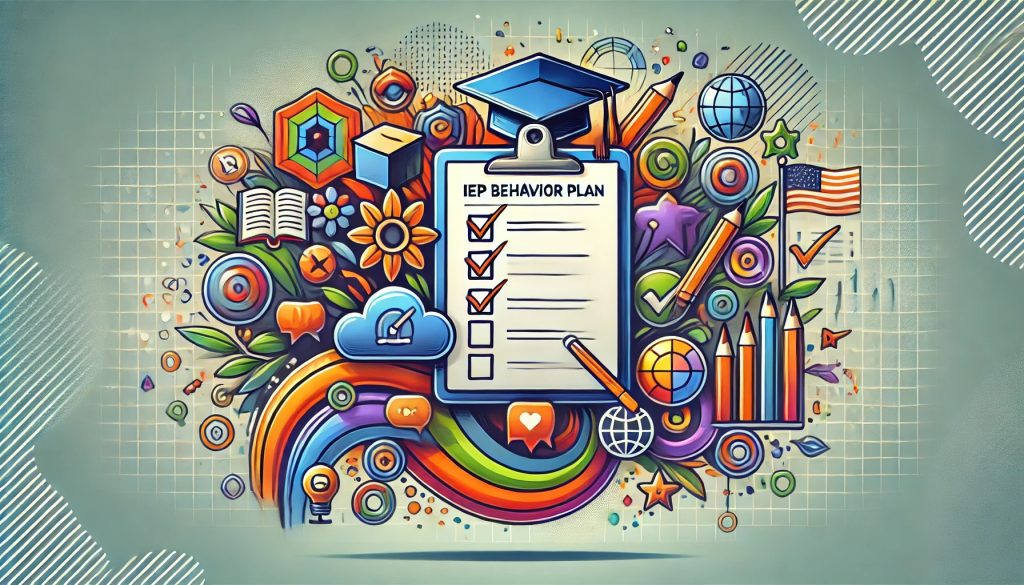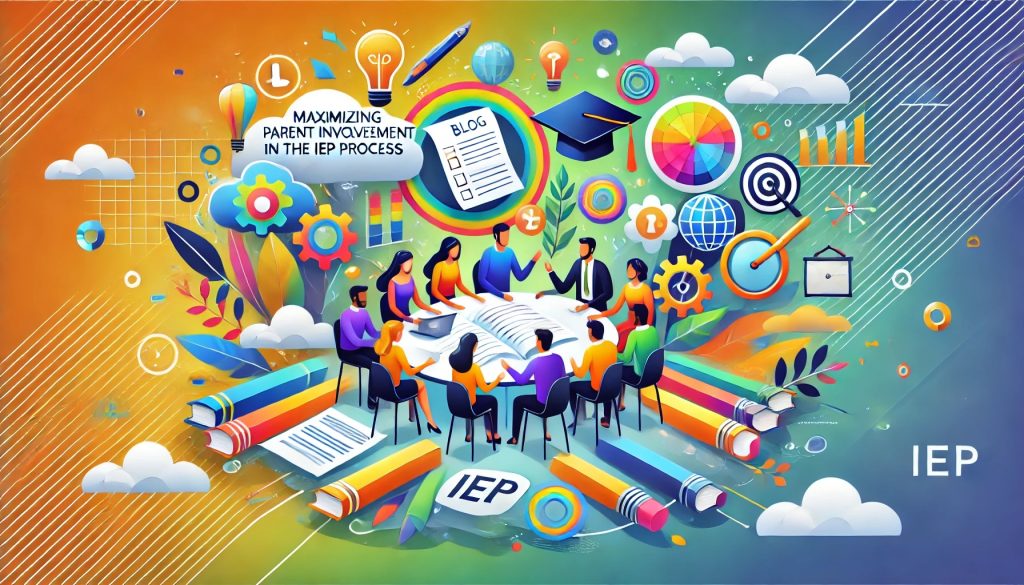Introduction
Understanding the Importance of IEPs
Individualized Education Programs (IEPs) are vital for providing tailored educational experiences to students with disabilities. These plans ensure that each child’s unique needs are met, facilitating their academic growth and personal development. Accurate translation of Special Education Assessments is crucial, especially for non-English-speaking families, to guarantee that they fully understand and can actively participate in their child’s education.
IEPs outline specific educational goals, accommodations, and services for students with disabilities. Translating these documents involves more than just converting words from one language to another; it requires a deep understanding of educational terminology, cultural nuances, and the legal framework surrounding special education.
The Role of Accurate Translation in IEPs
Accurate translation of IEPs ensures that parents and guardians are fully informed about their child’s educational plan. This transparency is essential for fostering collaboration between schools and families, enabling them to work together to support the student’s learning journey. Without precise translations, critical information can be lost or misinterpreted, leading to confusion and potential setbacks in the child’s education.
Moreover, proper translation respects the parents’ right to be involved in the educational decisions affecting their child. It empowers them to advocate effectively and make informed decisions, ensuring that the educational provisions are suitable and beneficial for their child’s specific needs.
Overview of IEP Plans
What is an IEP?
An Individualized Education Program (IEP) is a legally binding document developed for each public school child eligible for special education. The IEP is created through a team effort and reviewed periodically. It details the student’s learning needs, the services the school will provide, and how progress will be measured.
The IEP process is designed to be collaborative, involving teachers, school administrators, and the child’s parents or guardians. This collaboration ensures that the educational plan is tailored to meet the specific needs of the student, providing them with the best possible opportunity for success.
Key Components of an IEP
An IEP includes several critical components:
- Present levels of academic achievement and functional performance (PLAAFP): Describes the student’s current abilities and how their disability affects their involvement and progress in the general education curriculum.
- Measurable annual goals: Specific, measurable goals tailored to the student’s unique needs, detailing what they should achieve within a year.
- Special education and related services: Detailed descriptions of the services the student will receive, including frequency, duration, and location.
- Participation with non-disabled children: Explanation of the extent to which the student will participate in general education classes and activities.
- Accommodations and modifications: Adjustments to the learning environment or teaching methods to help the student succeed.
Legal Requirements for IEPs
IEPs are mandated by the Individuals with Disabilities Education Act (IDEA), a federal law ensuring services to children with disabilities. IDEA requires that public schools create an IEP for every child receiving special education services. The law sets forth specific guidelines on how these plans should be developed and implemented.
Compliance with IDEA is critical to protect the rights of students with disabilities and to ensure that they receive appropriate educational opportunities. This legal framework underscores the importance of precision and clarity in translating IEPs, as any misinterpretation could lead to non-compliance and potential legal consequences.
The Need for Translation in IEPs
Language Barriers in Special Education
Language barriers can significantly impact the effectiveness of special education services. When parents do not fully understand the IEP due to language differences, they may struggle to support their child’s educational needs adequately. Translation of IEPs is therefore essential to bridge this gap and ensure that all stakeholders are on the same page.
Effective communication between the school and the family is fundamental to the success of the student’s education plan. By providing translated IEPs, schools can foster better collaboration and involvement from non-English-speaking parents, enhancing the overall educational experience for the student.
The Impact of Miscommunication
Miscommunication can lead to numerous issues, including misunderstandings about the student’s needs, incorrect implementation of accommodations, and even legal challenges. When IEPs are not translated accurately, the risk of these problems increases significantly.
For instance, a poorly translated IEP might fail to convey critical information about the student’s specific accommodations, leading to inadequate support in the classroom. This not only hampers the student’s learning but can also result in frustration for both the family and the educators. Ensuring precise translation of IEPs is vital to prevent such issues and to promote a seamless educational experience for students with disabilities.
Case Studies Highlighting Translation Needs
Several case studies illustrate the importance of accurate IEP translation. For example, in a diverse school district, a significant number of parents spoke Spanish as their primary language. Initially, the school struggled with providing effective special education services due to language barriers. By implementing a robust translation process for IEPs, the school was able to enhance communication with families, resulting in better educational outcomes for the students.
Another case involved a student with autism whose family recently moved to the United States. The parents were not fluent in English, and the initial IEP provided was not accurately translated. Once the school recognized the issue and provided a precise translation, the parents were able to fully understand the educational plan and work collaboratively with the school, leading to significant improvements in the student’s progress.
Ensuring Quality in IEP Translations
Combining Human Expertise with AI Tools
At Zing Translations, we understand that translating IEPs requires a blend of human expertise and advanced AI tools. Our team of experienced translators specializes in the education sector, ensuring that every term and nuance is accurately captured. By integrating AI tools, we enhance our ability to provide consistent and precise translations while maintaining the necessary cultural sensitivity and understanding.
AI tools assist in managing large volumes of text and ensuring consistency across multiple documents. However, the human touch is crucial for interpreting complex educational jargon and cultural nuances. This combination ensures that our translations are not only accurate but also relevant and easy to understand for parents and educators alike.
Cultural Appropriateness in Translations
Cultural appropriateness is a key aspect of effective translation, particularly for IEPs. Our translators are trained to consider cultural contexts and communication styles, ensuring that the translated IEPs are meaningful and respectful to the families’ backgrounds. This approach helps in building trust and facilitating better collaboration between parents and schools.
Maintaining Consistency Across Documents
Consistency is crucial when translating IEPs to avoid confusion and ensure that all parties are on the same page. At Zing Translations, we utilize specialized glossaries and style guides to maintain uniformity across all translated documents. This approach helps in delivering clear and coherent translations that accurately reflect the original IEP.
References
- Wrightslaw: Parent Involvement in Special Education
- Understood.org: Understanding Individualized Education Programs
- Parent Center Hub: Communication in IEPs
- IDEA’s Guide to Dispute Resolution
- Colorín Colorado: Guide to ELL and IEP Process
- Harvard’s Research on Engaging Parents in Special Education
Contact Us Today
At Zing Translations, we understand how vital accurate and culturally appropriate translations are for IEP documents. Don’t let language barriers stand in the way of your child’s success. Contact us today to ensure that your IEP translations are precise, clear, and tailored to your needs. Together, we can bridge the communication gap and help every student thrive.


